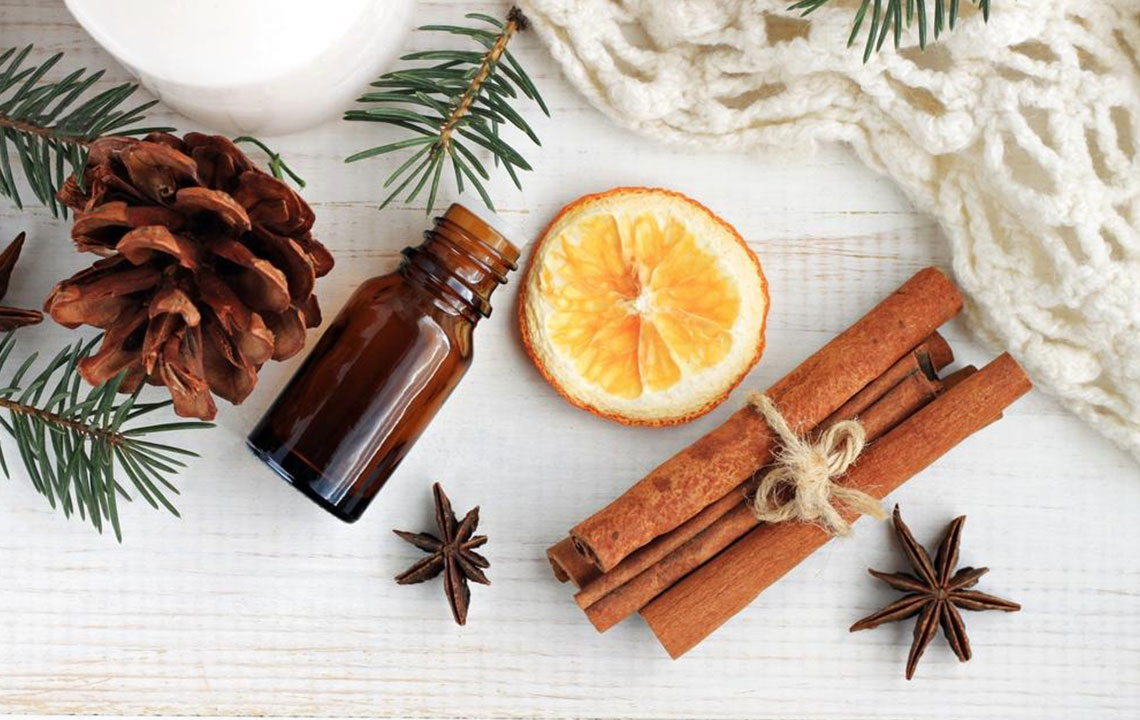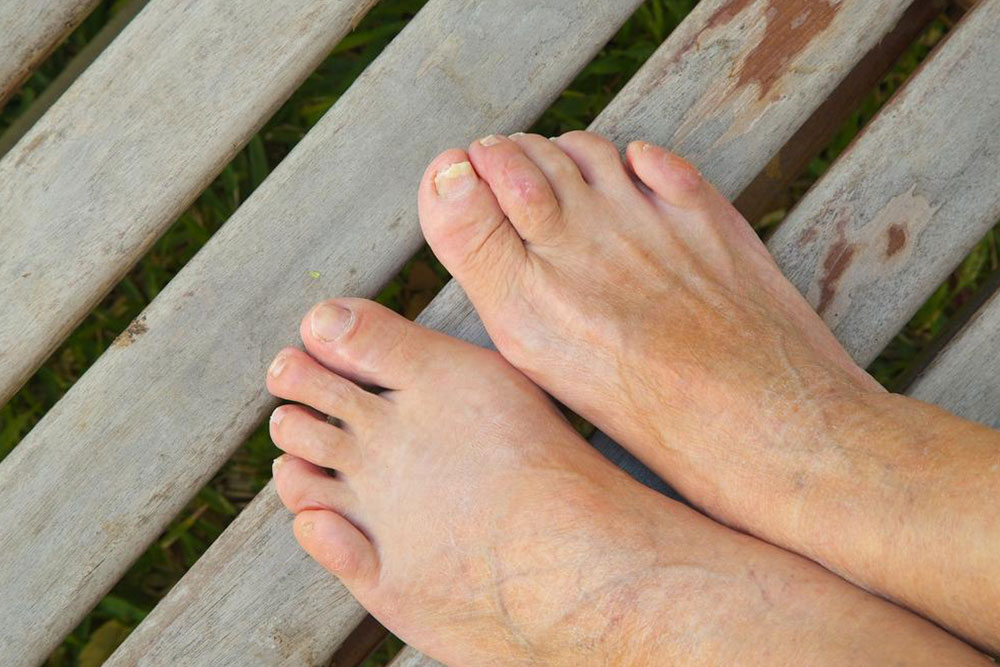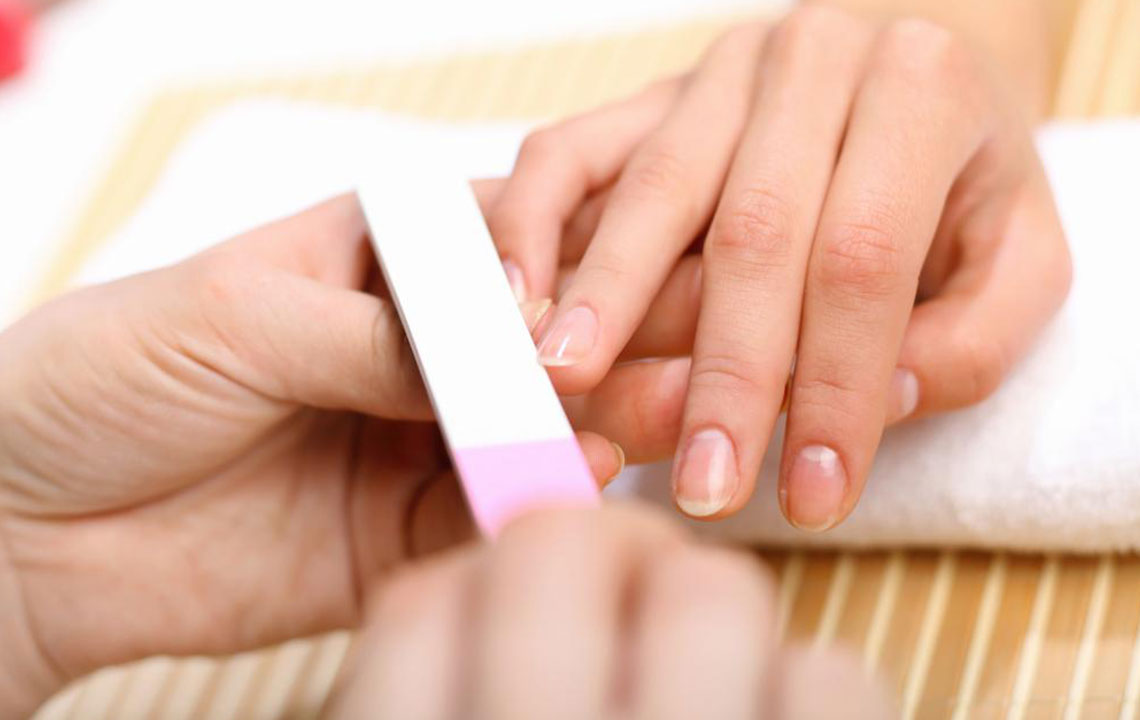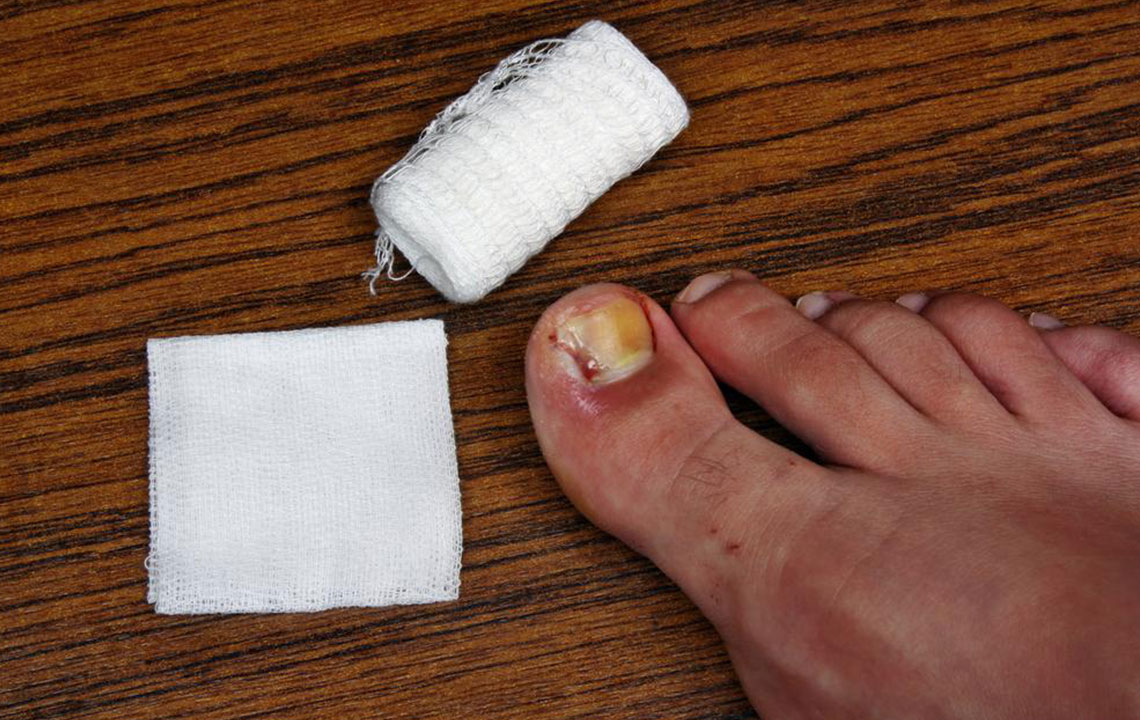Natural and Effective Home Remedies for Treating Toenail Fungus
Discover comprehensive natural remedies for toenail fungus, including remedies like Vicks VapoRub, vinegar soaks, tea tree oil, and dietary adjustments. This guide offers practical tips for home treatment, emphasizing hygiene, patience, and proactive care to effectively eliminate fungal infections and restore healthy nails without medication. Ideal for mild to moderate cases, these natural solutions support overall foot health and boost immunity against future infections.

Comprehensive Guide to Natural Remedies for Toenail Fungus Relief at Home
Toenail fungus, scientifically known as onychomycosis, is a common condition that affects millions of people worldwide. It is characterized by the infection of the toenails caused by various fungi, primarily dermatophytes. This condition not only affects the aesthetic appearance of your nails but can also lead to discomfort, pain, and secondary bacterial infections if left untreated. Fortunately, many individuals prefer to explore natural remedies and home-based treatments before turning to pharmaceutical options, especially for mild cases. This detailed guide aims to provide an in-depth overview of effective natural remedies to combat toenail fungus from the comfort of your home.
Ensuring proper foot and nail hygiene is crucial in preventing fungal infections. When visiting salons for pedicures or manicures, always verify that hygiene standards are rigorously maintained, especially the sterilization of tools. Fungal spores thrive in humid, warm environments such as shared pools, showers, locker rooms, and even damp socks or shoes. These environments facilitate the proliferation of fungi, particularly if one’s feet are consistently moist or if personal hygiene practices are lacking. Additionally, certain factors predispose individuals to fungal infections, including skin pH imbalance, prolonged exposure to moisture, wearing synthetic or non-breathable socks, immune system deficiencies, excessive sweating, poor foot hygiene, and underlying health conditions like diabetes that impair blood circulation.
The manifestation of toenail fungus often begins subtly, with nails turning yellow, brown, or black. Over time, if left untreated, the infection can worsen, leading to brittle, thickened, and deformed nails, which may be painful and prone to secondary bacterial infections. In severe cases, surgical removal of the infected nail might be necessary. However, many people find relief through natural remedies and over-the-counter home treatments, which can be effective, especially in early stages.
Below is an extensive list of natural remedies and lifestyle habits that can help manage and eliminate toenail fungus:
Vicks VapoRub – Originally developed as a mentholated topical ointment for cough suppression, Vicks VapoRub contains components like eucalyptus oil, camphor, and menthol, which possess potent antifungal properties. Applying a small amount directly onto the affected nails twice daily can inhibit fungal growth and promote healthier nail appearance.
Listerine and White Vinegar Soak – A popular home remedy involves soaking infected toes in a mixture of Listerine, a mouthwash rich in thymol and menthol with antiseptic properties, and white vinegar, which creates an acidic environment hostile to fungi. Soaking for about an hour daily can significantly reduce fungal proliferation. The acetic acid in vinegar helps break down fungal cells, while Listerine’s herbal components assist in infection control.
Cornmeal Treatment – Cornmeal contains a natural antifungal agent called amatoxin that targets Candida species and other fungi. The method involves soaking nails in a mixture of warm water and organic cornmeal for 30 minutes, repeated several times weekly. This simple yet effective treatment can lessen fungal load and improve nail health over time.
Pau D’Arco Tea – Derived from the inner bark of the Tabebuia tree native to South America, Pau D’Arco has been used traditionally for its potent antifungal, antiviral, and antibacterial properties. Regularly soaking toes in cooled Pau D’Arco tea for 20 minutes or applying it as a compress can accelerate recovery from fungal infections.
Tea Tree Oil – Known for its antiseptic, anti-inflammatory, and antifungal qualities, tea tree oil is a widely used natural remedy. Diluting a few drops with carrier oil like coconut or olive oil and applying twice daily to affected nails can help eliminate minor fungal infections effectively.
Urea Paste – Urea-based creams such as Gormel Crème help soften and dissolve infected and thickened nail tissue, facilitating the removal of fungal colonies. Regular application can promote nail regeneration and reduce fungal burden.
Olive Leaf Extract – Olive leaves contain oleuropein, which exhibits antiviral, antibacterial, and antifungal effects. Consuming olive leaf extract supplements or applying topical preparations can support the immune system in fighting fungal roots, although some initial discomfort or irritation may be experienced.
Baking Soda and Borax Paste – Baking soda (sodium bicarbonate) and borax are natural fungicides with alkaline properties that disrupt fungal cell walls. Mixing these into a paste and applying twice daily for two weeks has demonstrated promising results in clearing fungal infections.
Probiotics – Maintaining a healthy gut flora through probiotic-rich foods and supplements can balance microbial populations within the body, reducing the chances of fungal overgrowth. Including yogurt, kefir, sauerkraut, or probiotic capsules in your diet helps support immune defenses.
Dietary Changes – Consuming a nutrient-rich diet that emphasizes probiotics, high-quality proteins, iron, omega-3 fatty acids, vitamin D, and calcium can bolster your immune system, making it more resistant to fungal infections. Limiting sugar and refined carbohydrates also deprives fungi of the sugars they need to thrive.
Most mild to moderate toenail fungal infections respond well to these natural remedies, with minimal risk of side effects. It’s important to be patient, as results may take several weeks to become noticeable, depending on the severity of the infection. Consistency and diligent application of these remedies are key for success. For severe infections or those accompanied by significant pain, thickening, or spreading, seeking professional medical advice is highly recommended to prevent complications and determine the most appropriate treatment plan.
In conclusion, embracing natural remedies combined with good foot hygiene and lifestyle practices can effectively combat toenail fungus. These approaches not only help restore the appearance and health of your nails but also contribute to overall foot health. Remember that early intervention and persistence are crucial in overcoming fungal infections, and when in doubt, consult a healthcare professional for personalized advice.





